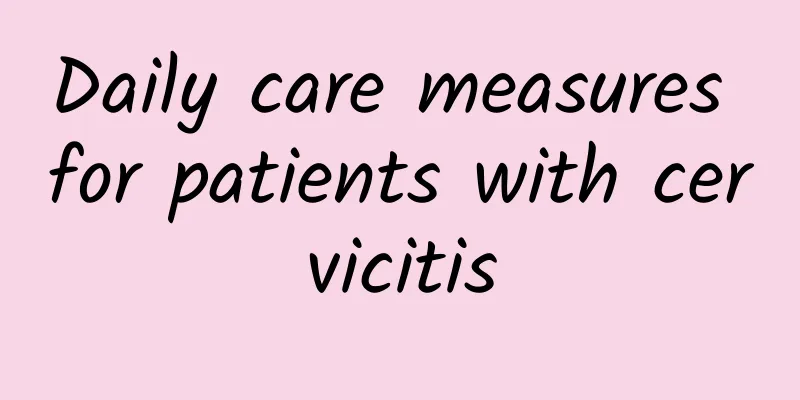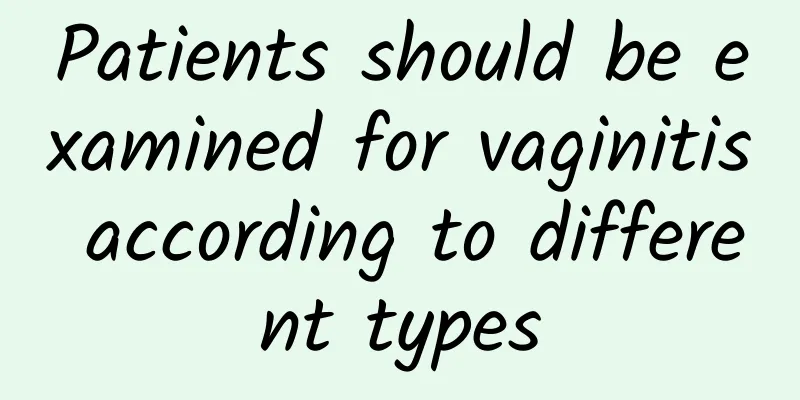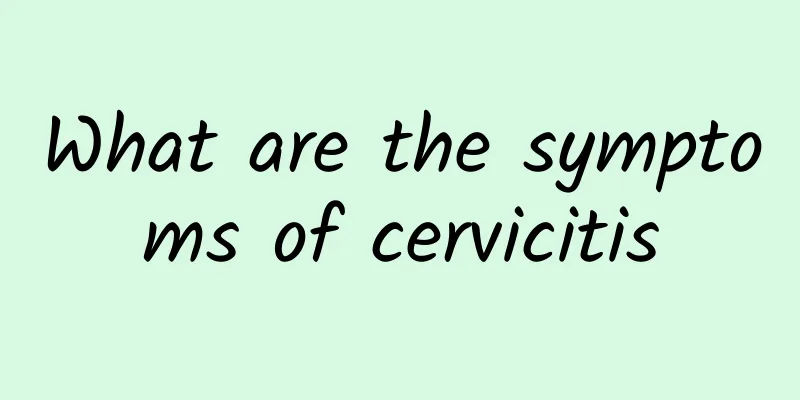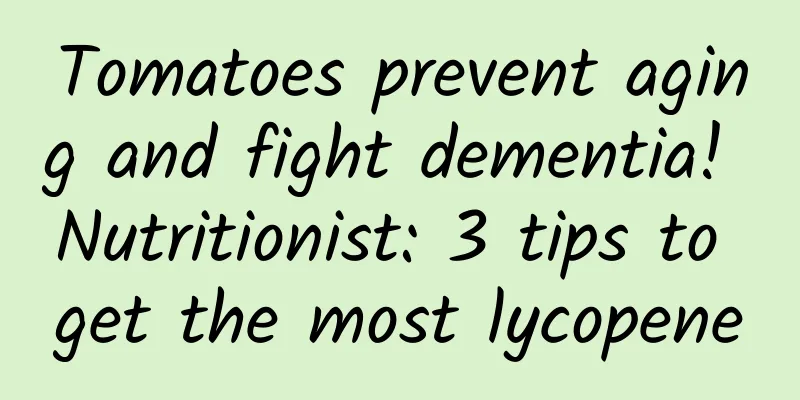What are subserosal uterine fibroids? What are the symptoms of subserosal uterine fibroids?
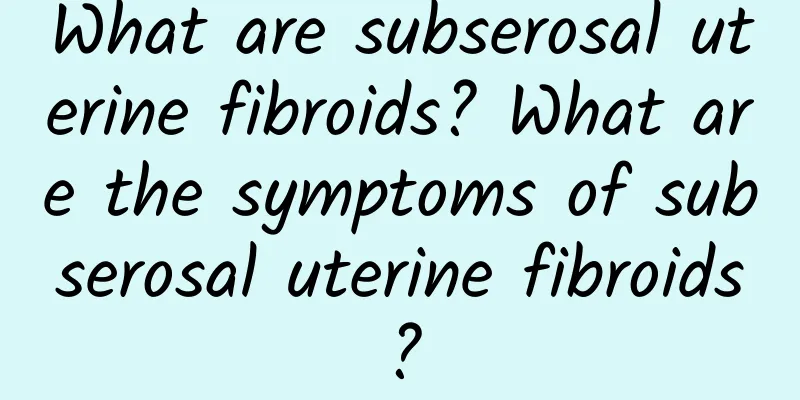
|
Subserosal uterine fibroids are a common type of uterine fibroid. Unlike other types of uterine fibroids, the tumors grow in a different location. So, what are subserosal uterine fibroids? What are the symptoms? Subserosal uterine fibroids refer to most of the fibroids that grow and protrude from the surface of the uterine serosa, accounting for about 20-130% of fibroids. Subserosal uterine fibroids refer to most of the fibroids that grow and protrude from the surface of the uterine serosa. Between the subserosal uterine fibroids and the muscle wall, women's menstrual changes are small and difficult to detect. Some subserosal uterine fibroids will not have obvious symptoms until they grow larger, so it is difficult for many people to discover the disease themselves. When the condition of subserosal uterine fibroids worsens, a series of typical symptoms will appear, as follows: 1. Pain: Generally, patients do not have abdominal pain, but often have lower abdominal swelling, back pain, etc. When the pedicle of the subserosal fibroid is twisted, acute abdominal pain may occur, the fibroid changes to red, the abdominal pain is severe, and is accompanied by fever. 2. Menstrual changes: The most common symptoms are shortened menstrual cycle, increased menstrual volume, prolonged menstruation, irregular vaginal bleeding, etc. 3. Increased leucorrhea: Increased leucorrhea, sometimes with a large amount of purulent and bloody discharge and necrotic tissue discharge with a foul odor. 4. Compression symptoms: When the fibroid grows forward or backward, it can compress the bladder, urethra or rectum, causing frequent urination, dysuria, urinary retention or constipation. When the fibroid grows to both sides, it will form a broad ligament fibroid, compressing the ureter or hydronephrosis; if it compresses the pelvic blood vessels and lymphatic vessels, it will cause lower limb edema. 5. Abdominal mass: The abdomen is swollen, and a mass can be felt in the lower abdomen, accompanied by a feeling of falling. 6. Infertility: Fibroids compress the fallopian tubes and cause them to twist, or deform the uterine cavity, hindering the implantation of the fertilized egg and leading to infertility. Finally, I hope that patients can have a basic understanding of subserosal uterine fibroids, understand the typical symptoms, be alert to early adverse symptoms, go to the hospital for diagnosis and treatment in time. |
>>: How to treat subserosal uterine fibroids How to use medication for subserosal uterine fibroids
Recommend
What are the dangers of vaginal candidiasis?
Vaginal candidiasis is one of the most common typ...
The middle-aged population may face the crisis of sarcopenia! The secret weapon for muscle growth is…
According to statistics from the National Health ...
Double yolk Cantonese mooncake 800 calories like eating chicken drumstick bento
The Mid-Autumn moon is round, the mooncakes are r...
How to prevent threatened miscarriage
Threatened abortion is very harmful to women'...
How to cure Bartholinitis quickly
What are the treatments for Bartholinitis? Expert...
How much does uterine bleeding surgery cost?
Functional uterine bleeding, also known as functi...
The best hospital for menopause treatment
A detailed introduction to which hospital is best...
What should patients with adnexitis pay attention to in their daily lives?
What should patients with adnexitis pay attention...
Ovarian cyst surgery should be carefully considered
Generally speaking, conservative treatment is use...
What are the harms of dysmenorrhea
Dysmenorrhea is a common gynecological disease, a...
Eat beans to lose weight! Red beans, soybeans, and peas are all good
Have you eaten beans today? Legumes such as red b...
Abnormal vaginal discharge after the ring is removed
Abnormal vaginal discharge after the IUD is remov...
Symptoms after painless abortion
Symptoms after painless abortion: After painless ...
Drink tea to burn fat and reduce edema. 5 kinds of tea to drink for your condition
Did you know? Drinking tea can not only relax the...
Will pelvic effusion lead to miscarriage during pregnancy? What are the causes of pelvic effusion?
Pelvic effusion is the presence of inflammatory e...



